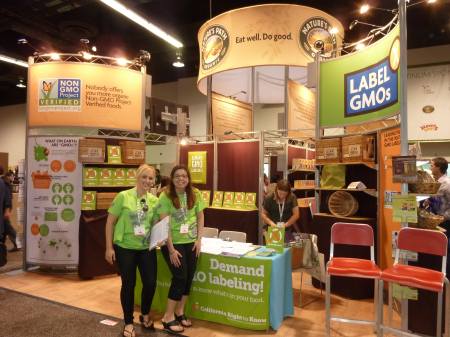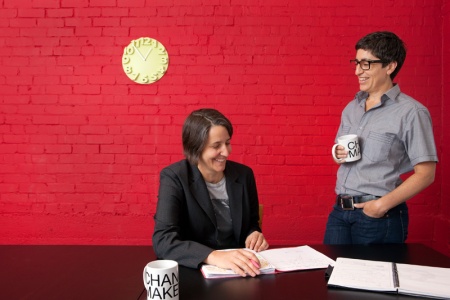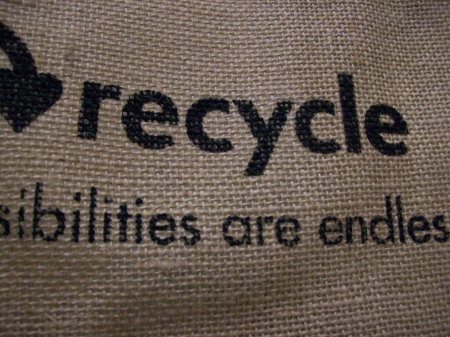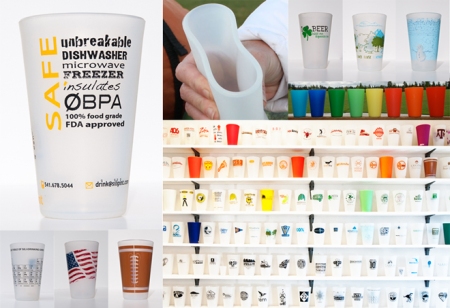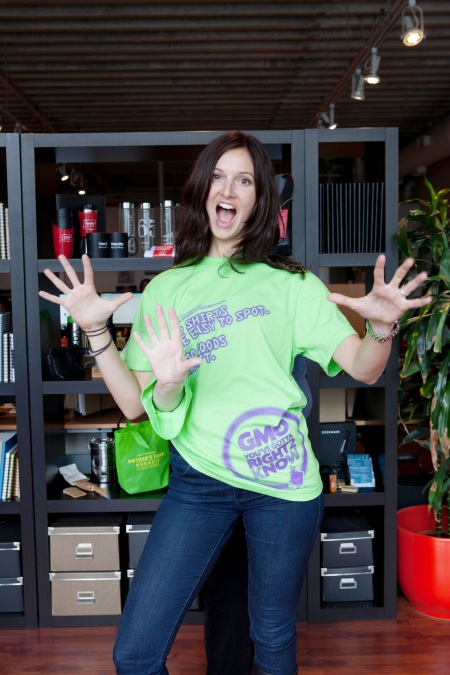Natural Products Expo West is the world’s largest natural and organic products tradeshow. In 2013, it will take place at the Anaheim Convention Center in Anaheim, California, from March 8th to 10th, with education and events beginning on the 7th.
A number of Fairware clients — Stonyfield Farm, Nature’s Path, Daiya Foods — are in the natural food and products business, so planning for Expo West has become a big part of our own seasonal calendar. Leanne Stasiuk, Fairware’s Natural Product Category Account Manager, worked with Nature’s Path for six years, and is a five-time veteran of Expo West. She’s shared this list of tips and ideas that should prove invaluable to anyone planning to exhibit at the show.
General Planning Tips
- Hold a pre-show booth audit and meeting. If you haven’t pulled out or reviewed your booth since your last trip to Expo West, make sure you give it the once-over to ensure that it’s in good working order and that you have what you need; also, confirm that it has any new brand elements you’ll need for this year. Meet with the team you’ll be bringing to the show, and make sure that everyone is briefed on the expectations for the team and the goals for the booth.
- Book hotel rooms first – they sell out fast!! If you want to be in the tent that holds the Fresh Ideas Organic Marketplace, book that early too.
- Get sizes for all team members working the show. This will speed things up when you order apparel.
- Pre-make kits for sampling areas. Make kits that contain all you’ll need to offer a range of samples of your product in one box, and send them to each location ahead of time. Here’s a sample kit we put together for Nature’s Path.
- Find out the last advance-shipping date for the show. You’ll need to have everything ready to go on that day; if you miss that date, you’ll have to ship to your hotel or bring things in your own luggage!
- Keep your giveaways small. Pretty much everyone is travelling to this show, and they’ll all be picking up samples along the way. So if you’re giving something away, make sure it will fit in carry-on luggage.
- Do a post-show audit. Get together with your team to review what worked, what they liked, what didn’t fly. Keep the list handy for future booth design, apparel, handouts, etc.
- Call Fairware at 1.866.606.3247. We’ll talk you through the process of selecting promotional products. A great way to supplement your catalogue, for instance, is with USB memory drives. Did you know that the Expo West media centre is paper-free? If you want to leave a media kit, it’s best done on a USB drive. As well, you can use different colours of USB drives to provide information to different target audiences – marketing, sales, etc. Instead of the usual trade memos, put videos of product use or supply chain stories on these drives.
- If you feature a bag, make sure it’s THE bag. If you go this route, it’ll be worth your while to invest in doing a truly great bag, as there will be a lot of competition on this front at the show. You need to offer the bag everyone wants – one that’s large, with great graphics, and long straps for over-the-shoulder carrying.
- Consider table runners. If you can’t afford table cloths or want to change things up, try runners instead.
- Give thought to staff apparel. Create a mix of apparel — button-downs, polos or tees —and let team members know if you want them to wear certain items on certain days. Have fun with your staff apparel. Wear apparel that your consumers want to wear (hint: the typical left-chest logo is SO 1986). Make sure that your team members are comfortable — consider bamboo shawls or an organic scarf. If you prefer, you can avoid custom shirts by doing custom aprons, and just specifying a colour or style of shirt for staff to wear.
- If you’re going with sample cups or spoons, make sure to order well ahead of time. This is especially so if you’re customizing; that requires a pretty long lead time.
- Try water bottles on which you can write your name. All staff in your booth can have the same bottle, with each team member writing his or her name on it.
- You’re sure to be popular with portable chargers. Someone’s gadget is always running out of power — a laptop, a phone, an iPad, etc. If you do a pre-show sales and marketing meeting, for example, gift each team member with a solar charger.
- We still use paper, so consider padfolios or notebooks for everyone.These will offer a hard, stable surface on which to write, and they can easily be carried around the booth for taking notes. Get one for each staff member, for the outdoor sampling stations, the main booth, and the Fresh Ideas Organic Marketplace.
- You’ll never go wrong with everyday items. There is a reason why pens, Post-It notes, magnets, notebooks, and stickers are the top-selling catagories of product. We use these items every day – and they thus make a HUGE logo impression. You might want to create an FSC-paper grocery-list notepad; feature your product on the first line of each page, or include a coupon with the top sheet.
- Thought of cutting boards? These make a great brand impression as people pick up samples. Keep them light and easy-to-clean with Chop Chop boards, or light and antimicrobial with cork boards.
- Got a limited budget? Give less-expensive items away to the general public, and make up 50 specially branded items or gift packages for those “special” folks – buyers, media, etc.
- Use a press-show teaser. Send a postcard with, say, some organic herb seeds attached to it to prompt people to visit your booth; let them know in advance that they should book a time for a visit, or that there is an incentive or gift if they visit.
Keep this list handy, and have a smooth and fruitful Expo 2013!
